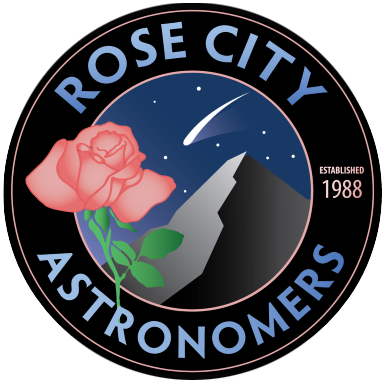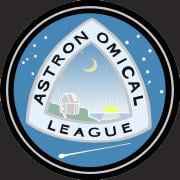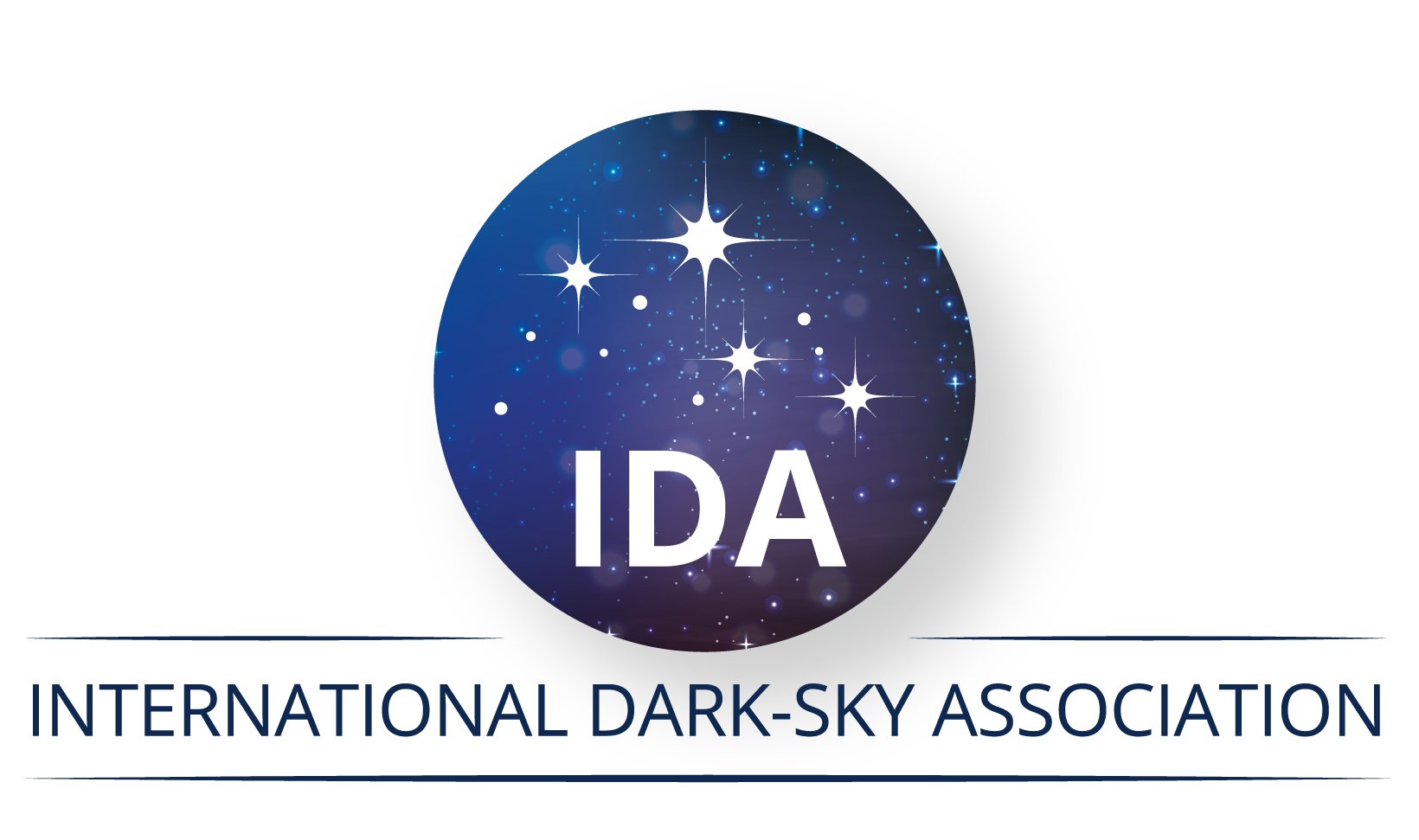Meeting Monday, March 18th: Planet Formation Near and Far
/RCA General Meeting: Planet Formation Near and Far
Monday, March 18, 2024
Locations: Oregon Museum of Science and Industry (OMSI)
General Meeting at OMSI
Doors and Zoom meeting open at 7 pm
Social Time: 7 to 7:30
Main Meeting starts at 7:30
Locations: OMSI Auditorium
New Parking Fee: See below.
Note: The speaker will be appearing at OMSI in person.
New Members Meeting from 6:30 to 7:30
Topics: Preparing for Observing
Speaker: Alexe Mastanduno
Locations: OMSI Planetarium
Beginning Astroimaging from 6:30 to 7:30
Hosts: Jeff Eriksen and Robert Nelson
Location: Classroom 1 (adjacent to Auditorium)
Parking at OMSI
OMSI has recently partnered with Parking Kitty, the city of Portland's official mobile parking app. Our parking lots are now Parking Kitty pay lots. Parking rates are $5 + fees for 2 hours, $8 + fees for all-day parking, or $2 + fees for parking after 5 p.m. Members can pay for parking via the Parking Kitty app (parkingkitty.com), or mobile kiosks on the front plaza (credit card only). Strongly encourage you to download the app in advance. The North Lot code is ZONE 72000 and South Lot ZONE 72001.
Planet Formation Near and Far
One ongoing mystery is how solar systems form. The initial challenge was to explain the formation of our own Solar System. But, at this point, a sizable number of extra-Solar planetary systems are known and have been well-characterized observationally. Most of these systems are very different from our own (partly due to observation bias) and a new challenge is to explain the formation of this wider range of solar systems and what conditions distinguish the various types. This month's speaker is Professor Tom Quinn from the University of Washington and he will be able to enlighten us on this fascinating topic. Professor Quinn leads the N-Body Shop, which creates and analyzes simulations of the formation of structures in the Universe. His description of his talk is below. It would be great to have you join us.
Although there are significant outstanding puzzles, our understanding of the formation of the planets in our Solar System is well developed. In particular, a scenario where much of the material formed into small solid bodies, which then grow by mutual collisions, offers a foundation for understanding the formation of the terrestrial planets, the outer planets, and the populations of comets and asteroids seen in the present day Solar System. However, planetary systems come in a variety of architectures, with a large fraction falling into a class known as Systems with Tightly-spaced Inner Planets. In these systems, all the observed planets are closer to their parent star than Mercury is to the Sun. Such configurations lend themselves to discovering details of the planets such as their mass, radii, and composition. The question therefore arises: can the same scenario that we use for the formation of the Solar System also account for these very different planetary system architectures?
About Professor Tom Quinn
Tom Quinn is a Professor of Astronomy at the University of Washington and is currently the Chair of the Astronomy Department. He is also a member of the UW Astrobiology program. Professor Quinn's research interests focus on understanding the evolution of gravitationally interacting systems through computer simulations. These systems span a wide range of scales from small bodies in the Solar System to clusters of galaxies.










